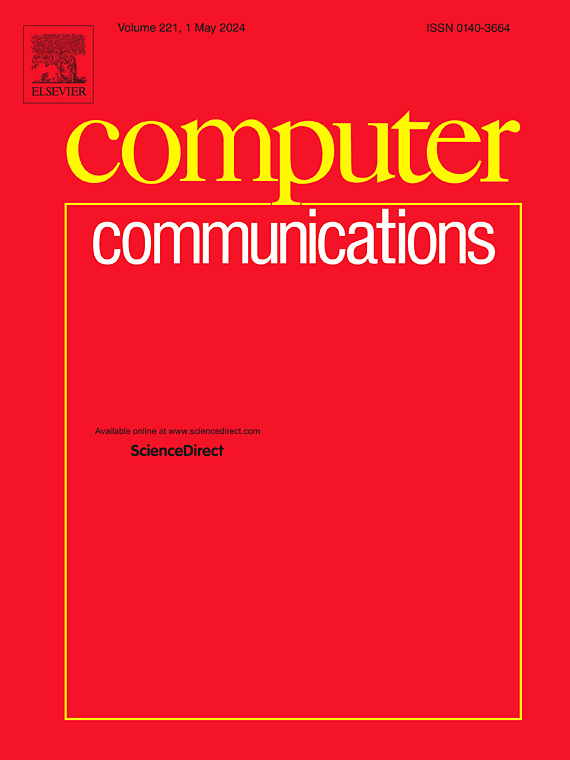Just a little human intelligence feedback! Unsupervised learning assisted supervised learning data poisoning based backdoor removal
IF 4.5
3区 计算机科学
Q1 COMPUTER SCIENCE, INFORMATION SYSTEMS
引用次数: 0
Abstract
Backdoor attacks on deep learning (DL) models are recognized as one of the most alarming security threats, particularly in security-critical applications. A primary source of backdoor introduction is data outsourcing such as when data is aggregated from third parties or end Internet of Things (IoT) devices, which are susceptible to various attacks. Significant efforts have been made to counteract backdoor attacks through defensive measures. However, the majority of them are ineffective to either evolving trigger types or backdoor types. This study proposes a poisoned data detection method, termed as LABOR (unsupervised Learning Assisted supervised learning data poisoning based Backd Or Removal), by incorporating a little human intelligence feedback. LABOR is specifically devised to counter backdoor induced by dirty-label data poisoning on the most common classification tasks. The key insight is that regardless of the underlying trigger types (e.g., patch or imperceptible triggers) and intended backdoor types (e.g., universal or partial backdoor), the poisoned samples still preserve the semantic features of their original classes. By clustering these poisoned samples based on their original categories through unsupervised learning, with category identification assisted by human intelligence, LABOR can detect and remove poisoned samples by identifying discrepancies between cluster categories and classification model predictions. Extensive experiments on eight benchmark datasets, including an intrusion detection dataset relevant to IoT device protection, validate LABOR’s effectiveness in combating dirty-label poisoning-based backdoor attacks. LABOR’s robustness is further demonstrated across various trigger and backdoor types, as well as diverse data modalities, including image, audio and text.
求助全文
约1分钟内获得全文
求助全文
来源期刊

Computer Communications
工程技术-电信学
CiteScore
14.10
自引率
5.00%
发文量
397
审稿时长
66 days
期刊介绍:
Computer and Communications networks are key infrastructures of the information society with high socio-economic value as they contribute to the correct operations of many critical services (from healthcare to finance and transportation). Internet is the core of today''s computer-communication infrastructures. This has transformed the Internet, from a robust network for data transfer between computers, to a global, content-rich, communication and information system where contents are increasingly generated by the users, and distributed according to human social relations. Next-generation network technologies, architectures and protocols are therefore required to overcome the limitations of the legacy Internet and add new capabilities and services. The future Internet should be ubiquitous, secure, resilient, and closer to human communication paradigms.
Computer Communications is a peer-reviewed international journal that publishes high-quality scientific articles (both theory and practice) and survey papers covering all aspects of future computer communication networks (on all layers, except the physical layer), with a special attention to the evolution of the Internet architecture, protocols, services, and applications.
 求助内容:
求助内容: 应助结果提醒方式:
应助结果提醒方式:


